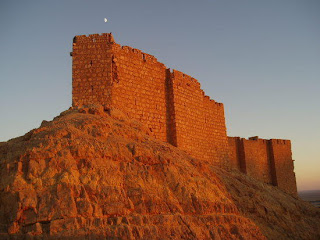The History of Norway
 Objective Norway History:
Objective Norway History:
1. From 1536 until 1814 Norway had a union with Denmark.
2. Large a mounts of gas and oil was discoverd in Norway in the 1960.
3. From 800-1066 AD Vikings control Norway.
4. Norway was neutral during World War I, but lost over 800 ships.
5. Norway was neutral during World War II, but was occupied by Germany for 5 years.
6. Norway has a higher stander of living than most of Europe.
7. Since the year 2000, new museums and opera theater had been built in Oslo.
8. Christian Democrat Prime Minister Kjell Bondevik was re-elected in September of 2001.
9. While whaling is no longer a part of the Norwegian economy, commmercial fishing remains and important business.
10. In the year 2007 one fourth of working Norwegian worked in social services.
11. Norway liberated from Germany on May 8, 1945.
12. There are more Norwegian living in America than there are in Norway.
13. The nobel prize is awarded in Oslo every year.
14. From 1860 to 1910 the percentage of Norwegians emigrating to the United States was second only to the Irish.
15. Norway nickname "The Midnight Sun"
Subjective Norway History:
1. From 1536 until late 1814, Norway had an unfortunate union with Denmark.
2. Large amounts of natural gas and oil were discoverd in Norway in 1960.
3. From 800-1066 AD wild Vikings controlled Norway completely.
4. Norway was officially neutral during World War I, but sadly lost over 800 ships.
5. Norway was also neutral during World War II, but was tragically occupied by Germany for 5 years.
6. Free Norway has a higher standard of living than most of socialized Europe.
7. Since the year 2000, beautiful new museums and a stunning opera theater have been built in Oslo.
8. Crazy Christian Democrat Prime Minister Kjell Bondevik was amazingly re-elected in September of 2001.
9. While whaling is no longer a viable part of the Norwegian economy, organized commercial fishing remains an important business.
10. In the year 2007, nearly one fourth of all Norwegians worked in social services.
11. Beautiful Norway was liberated from Germany on May 8, 1945.
12. There are more Norwegians living in the United State of America than there are in Norway.
13. The distinguished nobel prize is awarded in Oslo every year.
14. From 1860 to 1910 the percentage of Norwegians joyfully emigrating to the United States was second only to the poor Irish.
15. Norway's fitting nickname is "The Land of the Midnight Sun"



.jpg)



.jpg)

























